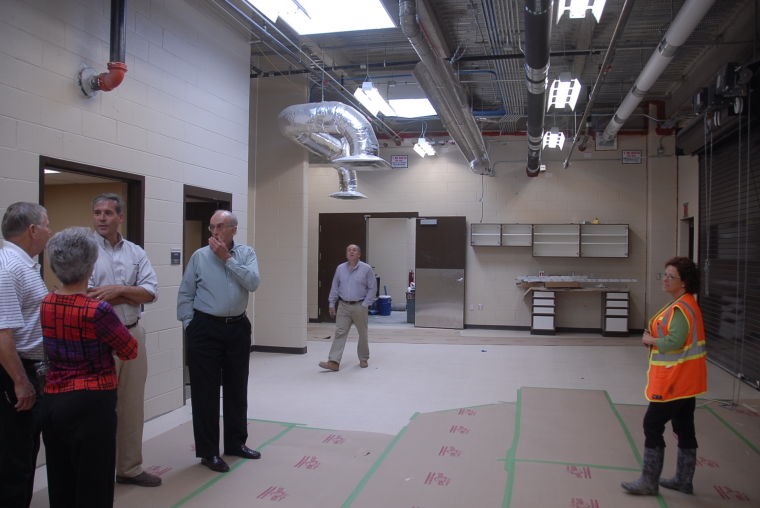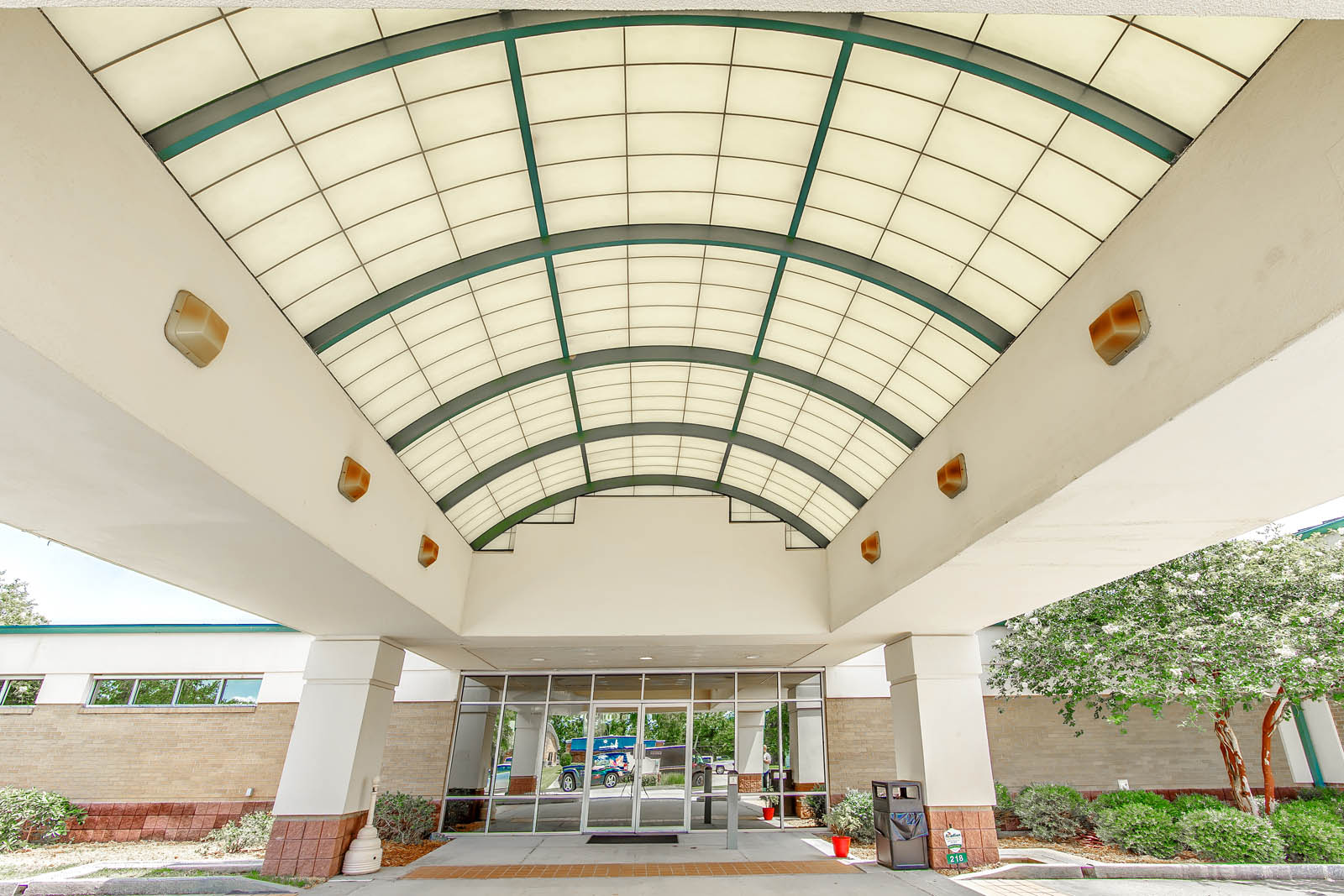

View schedules, routes, timetables, and find out how long does it take to get to Hohokam Stadium in real time.
#Hohokam hospital free
Moovit provides free maps and live directions to help you navigate through your city.
#Hohokam hospital how to
Wondering how to get to Hohokam Stadium in Mesa, United States? Moovit helps you find the best way to get to Hohokam Stadium with step-by-step directions from the nearest public transit station. Public Transit to Hohokam Stadium in Mesa The Light Rail fare to Hohokam Stadium costs about $2.00.


How much is the Light Rail fare to Hohokam Stadium?.The DBUZ is the last Bus that goes to Hohokam Stadium in Mesa. What time is the last Bus to Hohokam Stadium in Mesa?.The 120 is the first Bus that goes to Hohokam Stadium in Mesa. What time is the first Bus to Hohokam Stadium in Mesa?.The RAIL is the last Light Rail that goes to Hohokam Stadium in Mesa. What time is the last Light Rail to Hohokam Stadium in Mesa?.The RAIL is the first Light Rail that goes to Hohokam Stadium in Mesa. What time is the first Light Rail to Hohokam Stadium in Mesa?.What’s the nearest bus stop to Hohokam Stadium in Mesa?īrown Rd & Mesa Dr and Mclellan Rd & Drew St are the nearest bus stops to Hohokam Stadium in Mesa.The nearest bus stop to Hohokam Stadium in Mesa is a 6 min walk away. How far is the bus stop from Hohokam Stadium in Mesa?.The County Club/Main St station is the nearest one to Hohokam Stadium in Mesa. What’s the nearest light rail station to Hohokam Stadium in Mesa?.The nearest light rail station to Hohokam Stadium in Mesa is a 13 min walk away. How far is the light rail station from Hohokam Stadium in Mesa?.These Bus lines stop near Hohokam Stadium: 112, 120, DBUZ Which Bus lines stop near Hohokam Stadium?.County Club/Main St is 1043 yards away, 13 min walk.Mclellan Rd & Drew St is 481 yards away, 6 min walk.Brown Rd & Mesa Dr is 429 yards away, 6 min walk.The closest stations to Hohokam Stadium are: What are the closest stations to Hohokam Stadium?.Want to learn more? Explore the major concepts, places, cultures, and themes that Southwestern archaeologists are exploring today in our Introduction to Southwestern Archaeology. European settlers actually cleared out and reused many Hohokam canals hundreds of years later. There are more than 500 miles of documented canals in the region, representing the largest-scale irrigation in North America. Their vast canal networks include some canals more than 20 miles long. People in the Hohokam region employed massive-scale irrigation farming. Throughout their history, potters in the Hohokam region produced brown (in the Tucson Basin area) and buff (in the Phoenix Basin area) ware pottery, sometimes painted with geometric designs or life forms in red. Compound B at Casa Grande Ruins National Monument has two platform mounds. Larger villages then had a different kind of central construction: large platform mounds, often with structures on top, that appear to have been the place for religious and political activities. Later in time, after about 1150 or 1200 CE, people in the Hohokam region began building their houses as aboveground compounds within a walled courtyard. People used these for gatherings and for a ball game that was probably similar to those played among Mesoamerican societies. Between about 8 CE, many villages also had large earthen constructions that archaeologists identify as ballcourts. Archaeologists find these dwellings in sets of three or four around small courtyards. CiaccioĮarly Hohokam settlements consist of clusters of shallow pithouses. Note the pithouse architecture and the decorated and undecorated pottery. This Hohokam community thrived in the northwest Tucson Basin. People who resided in the Hohokam (ho-ho-kahm) region were among the ancestors of contemporary southern desert populations, such as the O’odham, as well as Pueblo populations and perhaps other populations in northern Mexico.


 0 kommentar(er)
0 kommentar(er)
